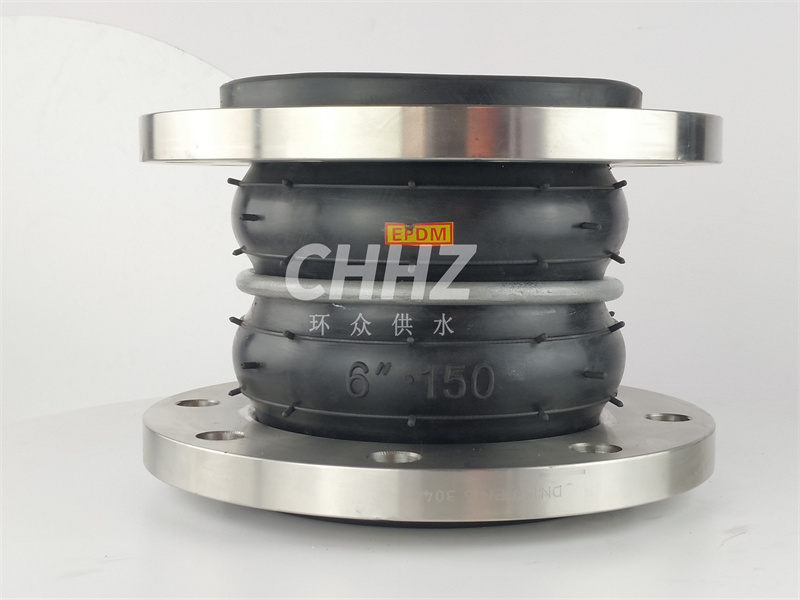Installation points of EPDM rubber flexible joints.
Rubber flexible joints are elastic joints made of vulcanized rubber, and its structure and material can be made into various shapes according to users' needs to meet various pipeline installation requirements. There are several models available to meet different pipeline installation requirements. Rubber flexible joints are generally made of a variety of materials. When installing pipelines, rubber flexible joints must be used, and care should be taken not to hurt the pipelines when installing them during construction.
Rubber flex joint is a kind of rubber joint used for rubber products, which consists of two metal plates and rubber rings parallel to each other. Two metal bolts are fixed on the flange and connected with the rubber gasket. It has good elasticity and stiffness, bears axial force, and can be bent in the pipeline to reduce displacement. It has expansion and displacement adjustment function. It can accommodate horizontal and vertical displacements and rotations. When installing the connection, care must be taken that the joint should be matched with the metal pipe. Its use is to compensate the axial displacement and lateral displacement of the pipe, axial tension, axial compression and offset, so that the two objects are fixed to each other as a whole. The following points should be noted during installation: firstly, the concrete should be demoulded and the concrete strength should not be lower than the design strength; then the rubber joint nut should be tightened with the metal bolt; then the rubber elongated joint head should be installed on the rubber joint bolt to compensate for the displacement.
EPDM rubber is a very key raw material in the rubber products manufacturing industry, its specific characteristics are as follows: EPDM rubber low density and high filler. Anti-aging. Corrosion resistance. Water vapor resistance. In addition, EPDM rubber also has the main moisture resistance, shock resistance, sealing, ductility and acid and alkali resistance, corrosion resistance, etc.. It can be used as a variety of rubber products alone, but also with other rubber to improve other rubber characteristics, such as forming viscosity, tensile strength, etc., and thus improve the characteristics of rubber products. Main applications: Widely used in many industries that require anti-aging, moisture resistance, corrosion resistance and insulation layer for electrical equipment.
